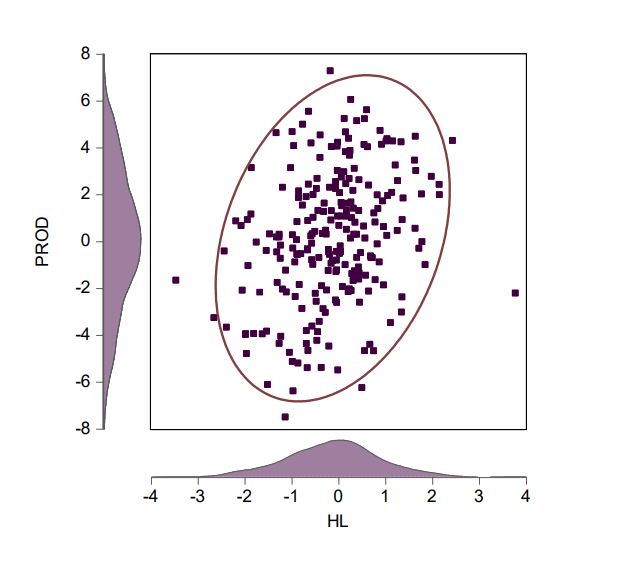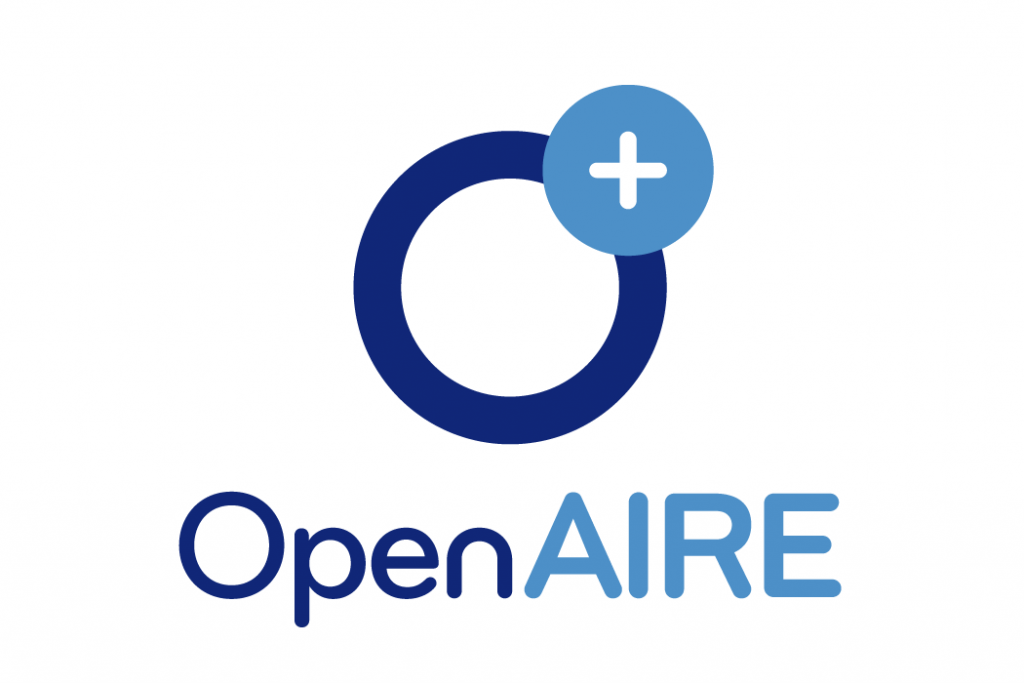The Impact of Health Literacy on Employee Productivity: An Empirical Investigation
Keywords:
Employee productivity, Health literacy, Multiple regression, Work environment, Work-life-balanceAbstract
The goal of this research was to examine the relationship between health literacy and employee productivity. We surveyed 232 employees and used multiple regression analysis to achieve the study's goal. According to the findings, health literacy has a positive and significant impact on employee productivity. This study also considered other relevant variables that could influence employee productivity. According to the findings, the work environment, technology, employee training, and work-life balance have positive and significant impacts on employee productivity. Employee productivity and health literacy have a complicated and nuanced relationship. Employers can improve their employees' quality of life and productivity by tackling low health literacy, resulting in overall improved business performance. According to the findings of this study, boosting health literacy and increasing staff productivity should be essential priorities for any firm. Providing information and resources on health and healthcare, encouraging preventative care and managing chronic disorders, developing workplace wellness programs, cultivating a culture of health and wellbeing, and facilitating access to healthcare specialists are all steps that can be taken to accomplish these aims. Employers can also maximize the productivity benefits of technology and a happy work environment by carefully assessing the tools and technologies employed and assuring their proper use, as well as taking into account the physical and social conditions under which work is performed. Workplace flexibility, such as telecommuting and flexible scheduling, can also help with work-life balance. Finally, investing in employee training and development can contribute to greater productivity through improving skills and knowledge.

Downloads
Published
How to Cite
Issue
Section
License
Copyright (c) 2019 ResearchBerg

This work is licensed under a Creative Commons Attribution-NonCommercial-NoDerivatives 4.0 International License.
Creative Commons licenses are used to publish Open Access articles, which provide the legal basis for users to access, distribute, and reuse the content. EQME allows authors to apply one of the following Creative Commons licenses to their work, each of which affords readers distinct rights in terms of commercial use and the capacity to create derivative versions:
CC-BY (Creative Commons Attribution License)
CC-BY-NC-ND (Creative Commons Non-Commercial No Derivatives License)
CC-BY-NC-SA (Creative Commons Non-Commercial Share-a-like)
In each situation, the creator must be given credit, and if derivative versions of the work are created, the alterations must be noted.






